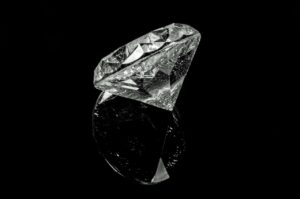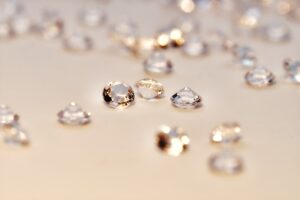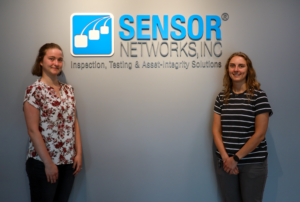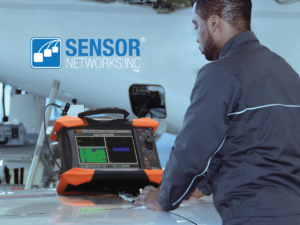
Jim Barshinger began practicing engineering in 1998; since then, he has worked mainly in the oil and gas industry. Over the years, Jim has heightened his education, receiving his doctorate and like many of SNI’s engineers, Jim received his degrees from The Pennsylvania State University.
Within the last few years, upon furthering his education and co-founding SNI, Jim has worked on dozens of applications – one being a transducer capable of “fingerprinting” gemstones. Gemstones, such as diamonds, have natural frequencies unique to each stone. The frequencies follow the residency peaks of each gem and identify gems just like how fingerprints identify people.

With the high value of certain gemstones, they are prone to be stolen and counterfeited. By being fingerprinted, expensive gems can be identified and distinguished from fakes, preventing these gems from being bought or swapped in place of real ones. If they are stolen, tracking the residency peaks of the gems can be used to recover them; this technique is not a new process – it was patented many years ago.
What is new, however, is using ultrasounds to map the peaks. Before Jim was tasked with creating a transducer that could take readings on residency peaks, it was a process done manually, using human measurements, or chemically, using chemical tests. Using a transducer to send soundwaves into the gem to map the inclusions of the stone is a unique way to not only test the validity of a gem, but also a unique way to use ultrasound.
To create a transducer capable of mapping gemstones, Jim took a standard transducer and turned it into a system. He took a single fixture and put the transducer and the electronics of the unit within it. He took a simple transducer and customized it to fit the unique needs of scanning gems.
Since its initial conception, Jim has made and sold multiple gem scanners over the last few years. Using ultrasound to take readings of the stone is a more accurate way to map the inclusions of gems, decreasing the possibility of human error. As technology evolves, Jim and his fellow SNI colleagues are taking old techniques and using ultrasonics to obtain more accurate and consistent readings.










